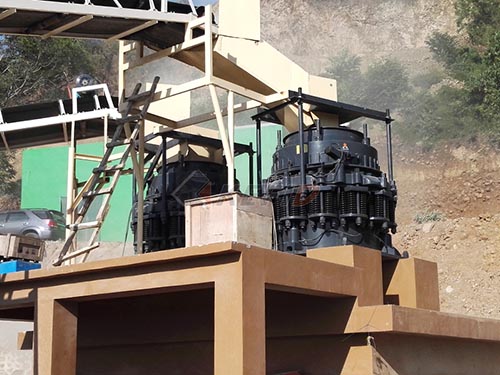Korea’s Crusher Sites: Transforming Rubble into Resources
South Korea’s remarkable journey of rapid urbanization and industrial development has inevitably generated vast quantities of construction and demolition (C&D) waste. In response, a network of sophisticated Crusher Sites (“크러셔 사이트”) has emerged as critical infrastructure, playing a pivotal role in managing this waste stream sustainably and fueling the nation’s circular economy ambitions.
Beyond Simple Crushing: The Engine of Recycling
While the name implies a singular function – crushing – these sites are far more complex recycling hubs. Their core mission is to transform bulky, discarded concrete, asphalt, bricks, and other inert materials from demolished buildings and infrastructure into valuable secondary raw materials.

1. Receiving & Sorting: Trucks laden with C&D debris arrive at designated sites. Initial sorting removes contaminants like wood, metal, plastics, and hazardous materials (often done manually or with mechanical aids like excavators equipped with grapples). This step is crucial for ensuring the quality of the final recycled product.
2. Primary Crushing: Large chunks of concrete and asphalt are fed into powerful primary crushers (often jaw crushers). These machines use immense compressive force to break down the material into smaller, more manageable pieces.
3. Secondary & Tertiary Crushing/Screening: The crushed material then typically moves through secondary crushers (like cone or impact crushers) for further size reduction. Vibrating screens separate the material into specific size fractions – coarse aggregates (gravel-sized), fine aggregates (sand-sized), and sometimes even finer fractions.
4. Stockpiling & Quality Control: The separated aggregates are stockpiled according to size and grade. Reputable sites implement quality control measures to ensure the recycled aggregates meet industry specifications for strength, cleanliness, and gradation.
5. Reintroduction: The high-quality recycled aggregates are then sold back into the construction market as substitutes for virgin quarried materials. They find applications in:
Road base and sub-base layers
New concrete production (often as partial replacement for virgin aggregate)
Backfill material

Drainage layers
Landscaping
The Crucial Value Proposition
The significance of Korea’s Crusher Sites extends far beyond waste disposal:
Resource Conservation: By recycling aggregates locally instead of extracting new virgin materials from quarries or mountainsides (jusanji), these sites significantly reduce pressure on finite natural resources.
Land

Leave a Reply